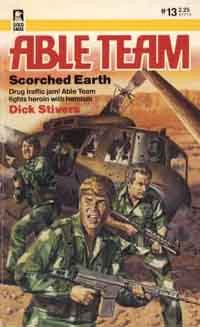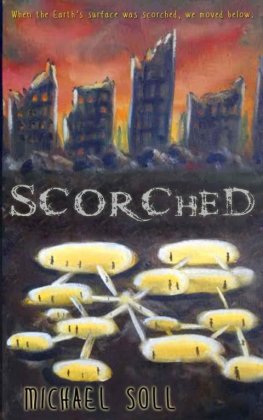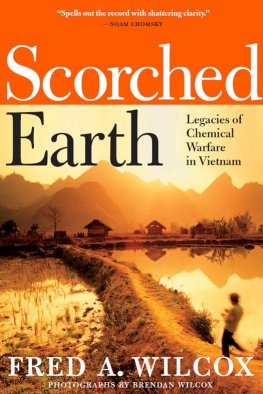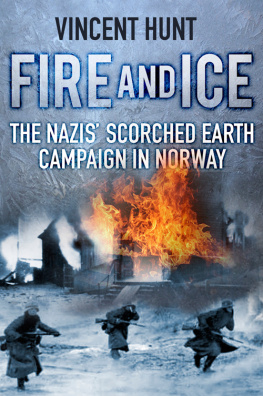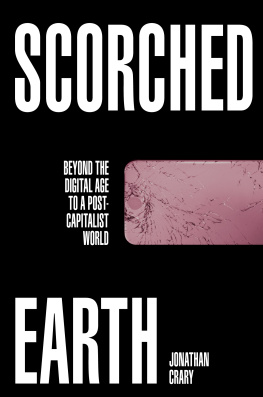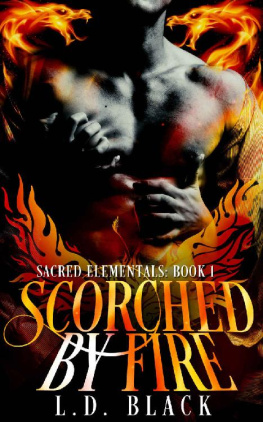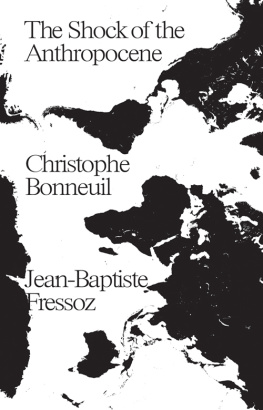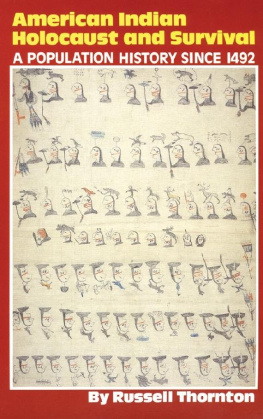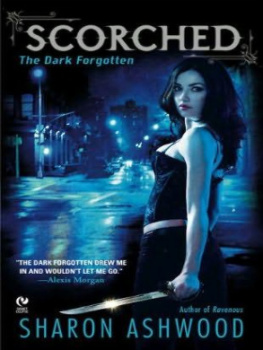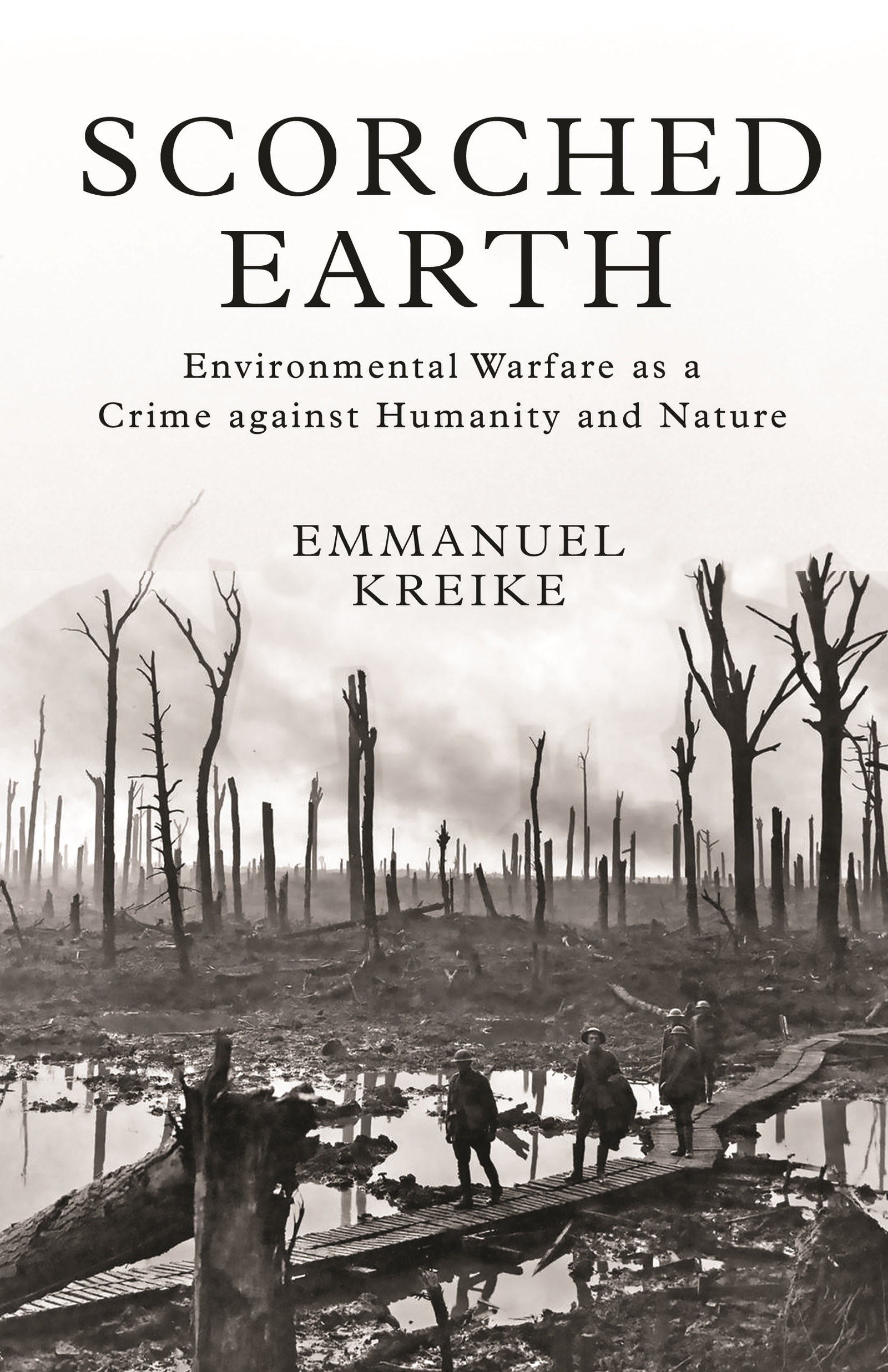SCORCHED EARTH
HUMAN RIGHTS AND CRIMES AGAINST HUMANITY
Eric D. Weitz, Series Editor
Scorched Earth: Environmental Warfare as a Crime against Humanity and Nature, Emmanuel Kreike
A World Divided: The Global Struggle for Human Rights in the Age of Nation-States, Eric D. Weitz
The Crime of Aggression: The Quest for Justice in an Age of Drones, Cyberattacks, Insurgents, and Autocrats, Noah Weisbord
The Killing Season: A History of the Indonesian Massacres, 196566, Geoffrey B. Robinson
Evidence for Hope: Making Human Rights Work in the 21st Century, Kathryn Sikkink
They Can Live in the Desert but Nowhere Else: A History of the Armenian Genocide, Ronald Grigor Suny
Child Migration and Human Rights in a Global Age, Jacqueline Bhabha
The Young Turks Crime against Humanity: The Armenian Genocide and Ethnic Cleansing in the Ottoman Empire, Taner Akam
The International Human Rights Movement: A History, Aryeh Neier
All the Missing Souls: A Personal History of the War Crimes Tribunals, David Scheffer
Against Massacre: Humanitarian Interventions in the Ottoman Empire, 18151914, Davide Rodogno
Stalins Genocides, Norman M. Naimark
If You Leave Us Here, We Will Die: How Genocide Was Stopped in East Timor, Geoffrey Robinson
Terror in Chechnya: Russia and the Tragedy of Civilians in War, Emma Gilligan
Torture and the Twilight of Empire: From Algiers to Baghdad, Marnia Lazreg
Cannibal Island: Death in a Siberian Gulag, Nicolas Werth, translated by Steven Rendall, with a foreword by Jan T. Gross
Echoes of Violence: Letters from a War Reporter, Carolin Emcke
Scorched Earth
ENVIRONMENTAL WARFARE AS A CRIME AGAINST HUMANITY AND NATURE
EMMANUEL KREIKE
PRINCETON UNIVERSITY PRESS
PRINCETON & OXFORD
Copyright 2021 by Princeton University Press
Princeton University Press is committed to the protection of copyright and the intellectual property our authors entrust to us. Copyright promotes the progress and integrity of knowledge. Thank you for supporting free speech and the global exchange of ideas by purchasing an authorized edition of this book. If you wish to reproduce or distribute any part of it in any form, please obtain permission.
Requests for permission to reproduce material from this work should be sent to
Published by Princeton University Press
41 William Street, Princeton, New Jersey 08540
6 Oxford Street, Woodstock, Oxfordshire OX20 1TR
press.princeton.edu
All Rights Reserved
ISBN 9780691137421
ISBN (e-book) 9780691189017
Version 1.0
British Library Cataloging-in-Publication Data is available
Editorial: Brigitta van Rheinberg, Eric Crahan, Priya Nelson, Thalia Leaf
Production: Danielle Amatucci
Publicity: Alyssa Sanford (US) and Kate Farquhar-Thomson (UK)
Copyeditor: Kelly N. Clody
Jacket Image: Soldiers of an Australian 4th Division field artillery brigade on a duckboard track passing through Chateau Wood, near Hooge in the Ypres Salient, October 29, 1917
Voor Nora Kreike-Martin
ACKNOWLEDGMENTS
THE INSPIRATION for the book comes from deeply personal stories from survivors of war and displacement who rebuilt homes and livable environments in the aftermath of traumatic violence. My grandparents and parents lived through the Second World War, experiencing destruction of their homes (on the maternal side) and hunger (on the paternal side). As a college student, I had the privilege to meet and talk with former members of the Dutch Resistance and concentration camp survivors while I worked at the Dutch National War and Resistance Museum at Overloon, the Netherlands. Particularly influential was Harry van Daal, the secretary of the museum board and a former member of the resistance. My next formative experience was conducting fieldwork in northern Namibia in the early 1990s, in the immediate aftermath of the end of the liberation war against Apartheid South Africa. The women and men who shared their life histories with me were victims of wars and displacement that had transformed their villages, farms, and fields into smoldering ashes, yet they rebuilt lives and livelihoods among ruins and graves with an incredible energy and determination that inspired their children and grandchildren. All these strong women and men opened my eyes to the challenges of postwar rebuilding of communities and habitats.
As a child I spent much of my summers with my grandparents in Holland and Brabant, two Dutch provinces that feature large in the book. My fathers family is from Halfweg (halfway between Haarlem and Amsterdam), straddling the Haarlem Lake and the northern sea dike discussed in . My father grew up on one of the farms that was established in the Haarlem Lake after it was drained in the 19th century. My mothers family is from the area of Steenbergen and Hoeven in the Brabant polder lands west of Breda. I was impressed but a bit puzzled by the ubiquitous dikes and drainage canals. I especially recall the oddity of the steep downward decline of the road while driving from Zwanenburg to my grandparents house in the Haarlem Lake polder and traveling over a high dike between Hoeven and Steenbergen miles away from any seaboard, two singular aberrations in an otherwise comfortably flat landscape. At the time, I had no perception of the historical significance of these features, and my research for the Dutch content chapters made for a fascinating journey as I peeled back the layers of history in places filled with childhood memories. Before undertaking this book project, I never would have imagined that my professional interest in the history of war, society, and environment, which took me to from the Netherlands to Africa, would eventually lead me back to my grandparents homes.
The book owes much to the encouragement of Eric Weitz and Brigitte van Rheinberg, who first proposed that I should go global with my concerns about environmental warfare. I also received much support from my colleagues in the history department at Princeton University, including Bob Tignor, Anson Rabinach, Shel Garon, Jan Gross, Vera Candiani, Jacob Dlamini, Paul Miles, John Haldon, Bill Jordan, and Jeremy Adelman. I am particularly grateful to Petra van Dam, who not only introduced me to Dutch water management history but also took me on a bicycle tour along the northern sea dike of Holland, including the sluices and the wheel at Halfweg, and organized a visit to the monumental former Rijnland water board headquarters in Leiden. Henk Beijers provided expert guidance in unlocking the rural archives of Brabant and generously shared his transcripts. Rich comments from two anonymous readers for the Princeton University Press were very helpful in turning the manuscript into a book, as was the professional assistance of Eric Crahan, Thalia Leaf, and Kelly Clody also of the press. The maps owe much to the expert assistance of Tsering Shawa, GIS and map librarian at Princeton University.
A year of leave at the Netherlands Institute for Advanced Study (NIAS) as a fellow-in-residence, Royal Netherlands Academy of Arts and Sciences (KNAW), at Wassenaar, the Netherlands in 201213 and an Old Dominion Professorship at the Society of Fellows in the Liberal Arts of the Humanities Council at Princeton in 201617 were instrumental in writing the book. Funding from the Princeton University History Department and the Princeton University Committee for Research in the Social Sciences and Humanities made possible the field and archival research in Angola, the Netherlands, France, and Italy that was central to the research project.


